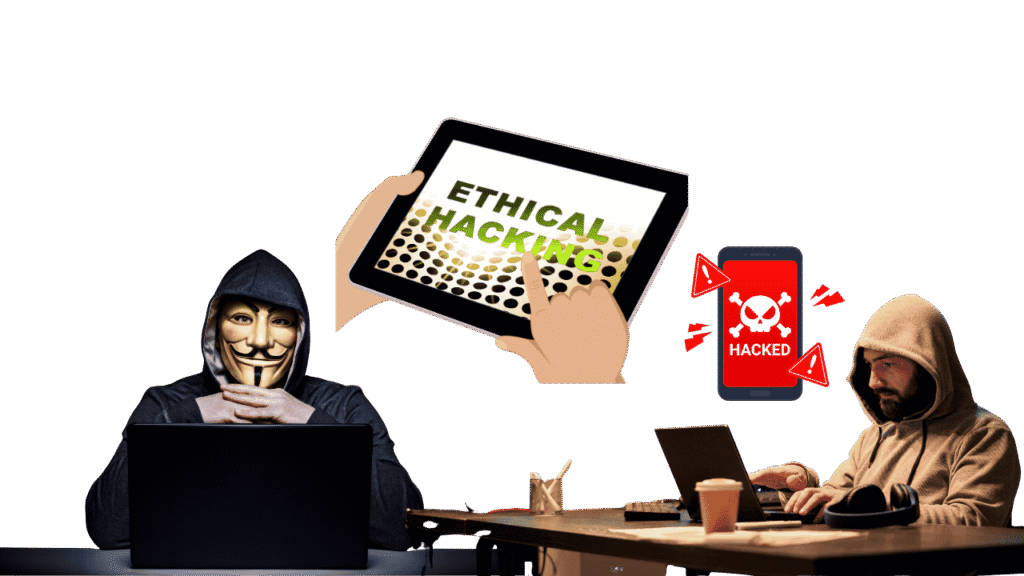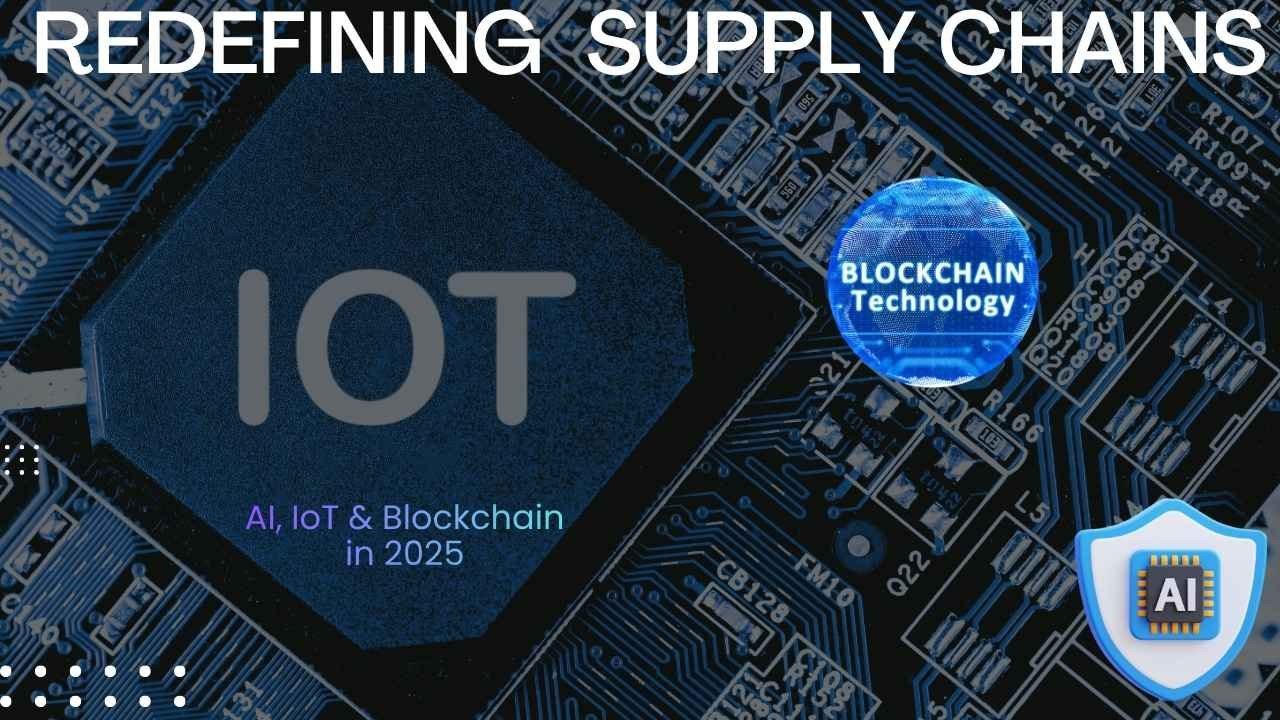Domain | Example Goals | Notes / SEO Variations |
Reconnaissance & Intelligence Gathering | Enumerate assets, cloud buckets, DNS and exposed services. | “ethical hacking recon checklist”, “OSINT for penetration testers” |
Vulnerability Identification | Map CVEs, misconfigurations and outdated components. | Align to OWASP Top 10 categories such as Broken Access Control, Injection and Security Misconfiguration. |
Exploitation | Simulated unauthorised access gaining, privilege escalation, and data extraction. | Link to MITRE ATT&CK for adversary emulation technique mapping. |
Post‑Exploitation & Lateral Movement | Persistence, credential dumping and pivoting across environments. | Map to ATT&CK tactics (Persistence, Credential Access, Lateral Movement). |
Reporting & Remediation Guidance | Risk ranking, reproduction steps, fix paths and re‑test verification. | Refer to NIST SP 800‑115 reporting guidance. |




